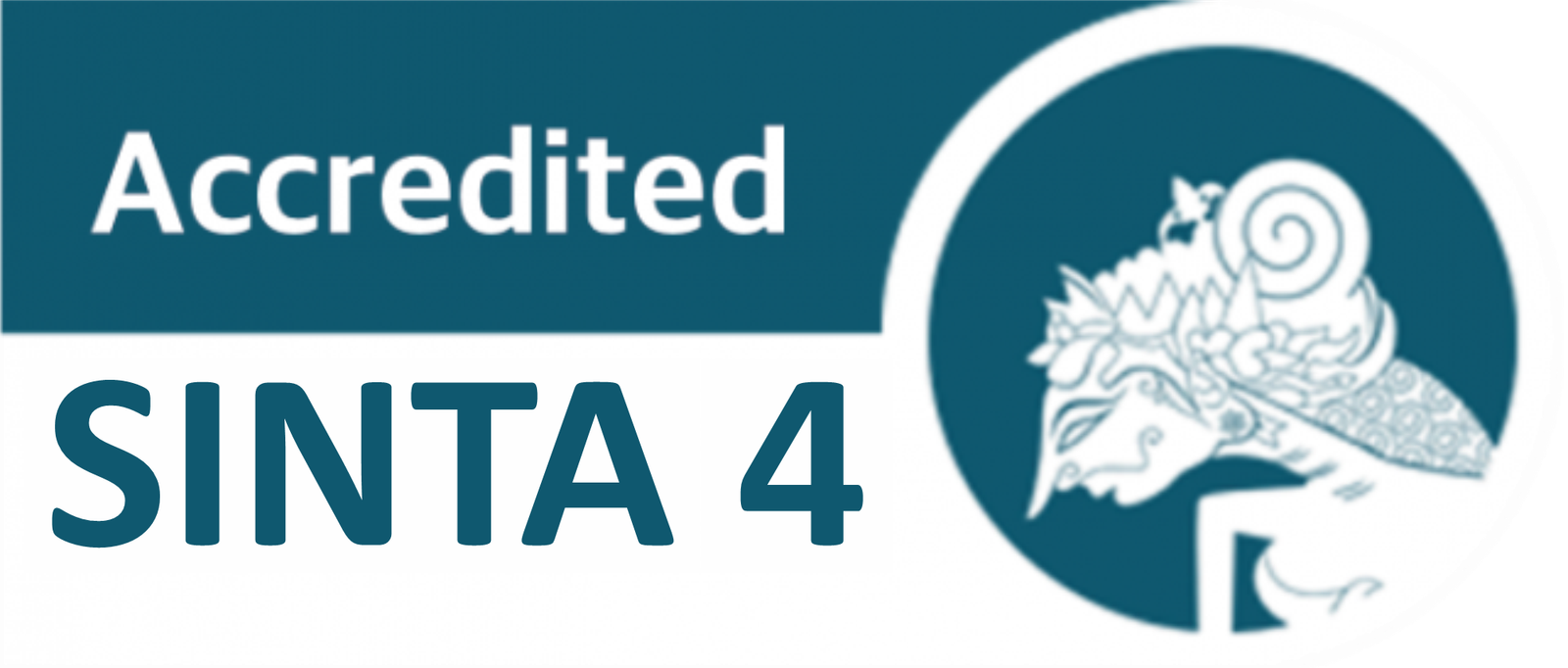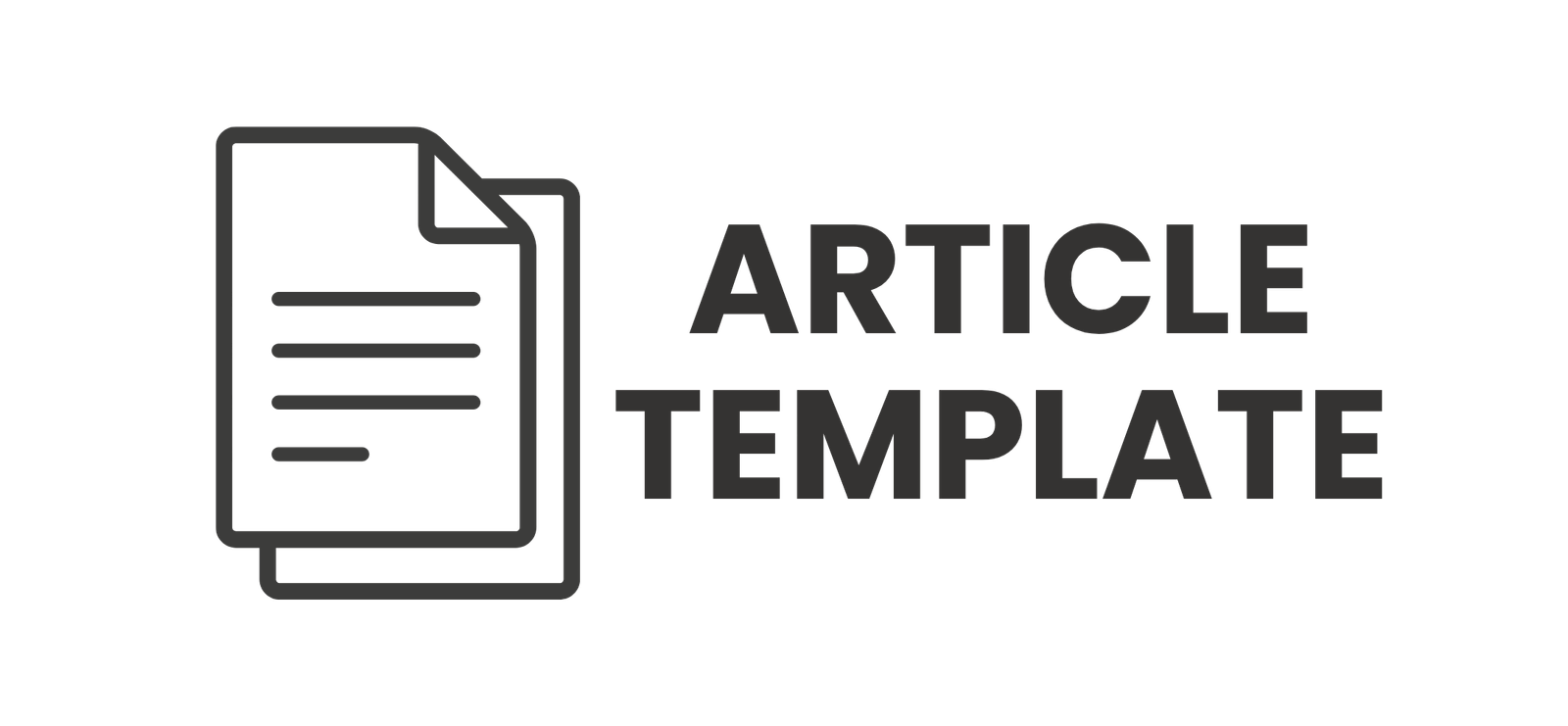Child-Friendly School Policy with Children’s Rights Approach in Bekasi City
DOI:
https://doi.org/10.30605/jsgp.4.2.2021.1270Keywords:
Child-Friendly School, Policy Implementation, Students BasedAbstract
Child-friendly and students based school is one of new paradigm in providing high quality and innovative education in Indonesia. The objective of this research is to explain the outcome of the implementation of Child Friendly School Policies established by the Ministry of Female Empowerment and Child Protection in Bekasi city. The sub focus in this research are (1) implementation of Child-friendly teaching and learning, (2) Child-friendly facility & infrastructure, (3) Participation of parents, community institutions, stakeholders, business and alumnus. This study used a qualitative method in case study approach in SDN Teluk Pucung 1. The factors that support the implementation of the Child Friendly School Policy at SDN Teluk Pucung 1 are good and smooth communication, attitudes and commitment of all school people, coordination between the Bekasi Government and the School and the positive support of all school members, parents, and surrounding communities. The conclusion: (1) implementation of child friendly teaching-learning process has fulfilled the criterion of child-friendly school. (2) Implementation of facilities has followed the regulation and showed child-friendly condition, (3) participation of parents, community organizations, stakeholders, business and alumnus is still low and need to be improved in the future time. Suggestion and recommendations are provided for improvement and development towards the implementation of child-friendly school in Bekasi City.
Key Words: Child-friendly school, students based, Policy implementation.
Downloads
References
Akmal, A. (2015). Hak Asasi Manusia: Teori dan Praktik [Human Rights: Theory and Practice.]. Padang: UNP Press
Danim, S. (2002). Menjadi Peneliti Kualitatif (Ancaman Metodologi, Presentasi, dan Publikasi Hasil Penelitian Untuk Mahasiswa dan Peneliti Pemula Bidang IlmuIlmu Sosial, Pendidikan dan Humaniora) [Becoming a Qualitative Researcher (Threats of Methodology, Presentation, and Publication of Research Results for Students and Beginner Researchers in Social Sciences, Education and Humanities)]. Bandung: Pustaka Setia
Ekowarni, E. (2001). Konvensi hak anak: Suatu fatamorgana bagi anak Indonesia. Buletin Psikologi [Convention on the rights of the child: A mirage for Indonesian children. Psychology Bulletin], 9(2), 48-53. doi: 10.22146/bpsi.7443
Halim, D. (2018). Sepanjang 2018, KPAI Terima 4.885 Kasus Pelanggaran Hak Anak [Throughout 2018, KPAI Received 4,885 Cases of Violation of Children's Rights]. Accessed February 4, 2021. https://nasional.kompas.com/read/2019/01/08/18472551/sepanjang-2018-kpai-terima-4885-kasus-pelanggaran-hak-anak.
Indonesia Ministry of Women's Empowerment and Child Protection (2014). Kebijakan Pengembangan Sekolah Ramah Anak [Child Friendly School Development Policy]. Accessed February 4, 2021. https://dpmppa.pekalongankota.go.id//upload/file/file_20190925083310.pdf
Indonesia Ministry of Women's Empowerment and Child Protection (2015). Panduan Sekolah Ramah Anak [Child Friendly School Guide]. February 4, 2021. https://sekolahramahanak.files.wordpress.com/2013/11/juknis-final-3-2-16-1.pdf
KPAI (2016). Data Kasus Berdasarkan Klaster Perlindungan Anak, 2011-2016. Accessed 19 September 2019 [Case Data Based on Child Protection Cluster, 2011-2016. Accessed September 19, 2019]. https://bankdata.kpai.go.id/tabulasi-data/data-kasus-per-tahun/data-kasus-berdasarkan-klaster-perlindungan-anak-2011-2016
Mandiudza, L. (2012). Child-Friendly Schools. Greener Journal of Educational Research, 6(6), 283- 288. DOI: https://doi.org/10.15580/GJER.2013.6.011813393
Moleong, L. (2011). Metode Penelitian Kualitatif [Qualitative Research Methods]. Bandung: Remaja Rosda Karya.
Nuraeni, L., Andrisyah, & Nurunnisa, R. (2020). Efektivitas program sekolah ramah anak dalam meningkatkan karakter anak usia dini [The effectiveness of child-friendly school programs in improving the character of early childhood]. Jurnal Obsesi : Jurnal Pendidikan Anak Usia Dini, 4(1), 20–29. doi: 10.31004/obsesi.v4i1.204 DOI: https://doi.org/10.31004/obsesi.v4i1.204
Putri, A. & Akmal (2019). Sekolah ramah anak : Tantangan dan implikasinya terhadap pemenuhan hak anak [Child-friendly schools: Challenges and implications for the fulfillment of children's rights]. Journal of Civic Education, 2(4), 228–235. doi: 10.24036/jce.v2i4.190 DOI: https://doi.org/10.24036/jce.v2i4.190
Rangkuti, S. & Maksum, I. R. (2019). Analisis Implementasi Kebijakan Sekolah Ramah Anak Di SMP Negeri 6 Depok [Analysis of Child Friendly School Policy Implementation at SMP Negeri 6 Depok]. Spirit Publik: Jurnal Administrasi Publik, 14(1), 37-55. doi: 10.20961/sp.v14i1.34002 DOI: https://doi.org/10.20961/sp.v14i1.34002
Rohman, A. (2012). Kebijakan Pendidikan: Analisis Dinamika Formulasi dan Implementasi [Analysis of Child Friendly School Policy Implementation at SMP Negeri 6 Depok]. Yogyakarta: Aswaja Pressindo.
Sholeh, A. N. (2016). Panduan Sekolah dan Madrasah Ramah Anak [Child-friendly Schools and Madrasas Guide]. Erlangga: Jakarta
Subur, Qosim N. M. & Nugroho, I. (2018). Implementasi Sekolah Ramah Anak Dalam Membentuk Budaya Sekolah Di SDN Geger Tegalrejo [Implementation of Child Friendly Schools in Shaping School Culture at SDN Geger Tegalrejo]. Prosiding Konferensi Nasional Ke-7Asosiasi Program Pascasarjana Perguruan Tinggi Muhammadiyah ̳Aisyiyah (APPPTMA), Jakarta.
Sugiyono. (2014). Memahami Penelitian Kualitatif [Understanding Qualitative Research]. Bandung: Alfabeta.
Sugiyono. (2017). Metode Penelitian Kuantitatif, Kualitatif, dan R&D [Quantitative, Qualitative, and R&D Research Methods]. Bandung: Alfabeta.
Tresiana, N. (2013). Metode Penelitian Kualitatif [Qualitative Research Methods]. Bandar Lampung: Lembaga Penelitian Unilae.
Uray, I. (2015). Blingsatan Suatu Strategi dalam Peningkatan Kemampuan Guru Menulis PTK [Blingsatan is a Strategy in Improving the Ability of Teachers to Write CAR]. Yogyakarta: PT. Andi.
Wahyono, J. (2012). Cara Ampuh Merebut Hati Murid [Powerful Ways to Win the Hearts of Students]. Jakarta: Gelora Aksara
Wuryandani, W. & Senen, A. (2018). Implementasi pemenuhan hak anak melalui sekolah ramah anak [Implementation of the fulfillment of children's rights through child-friendly schools]. Jurnal Civics: Media Kajian Kewarganegaraan, 15(1), 86-94. doi: 10.21831/jc.v15i1.19789 DOI: https://doi.org/10.21831/jc.v15i1.19789
Yosada, K. R. & Kurniati, A. (2019). Menciptakan sekolah ramah anak. Jurnal Pendidikan Dasar Perkhasa, 5 (2), 145-154. DOI: https://doi.org/10.31932/jpdp.v5i2.480
Zumaroh, S. & Widodo. (2018). Pendidikan Ramah Anak Berbasis Kurikulum Syariah Di SD Muhammadiyah Program Khusus Kota Barat Surakarta [Implementation of the fulfillment of children's rights through child-friendly schools]. Edudena Jurnal, 2(2), 173-179. doi: 10.21831/jc.v15i1.19789 DOI: https://doi.org/10.30762/ed.v2i2.723
Downloads
Published
How to Cite
Issue
Section
License
In submitting the manuscript to the journal, the authors certify that:
- They are authorized by their co-authors to enter into these arrangements.
- The work described has not been formally published before, except in the form of an abstract or as part of a published lecture, review, thesis, or overlay journal.
- That it is not under consideration for publication elsewhere,
- That its publication has been approved by all the author(s) and by the responsible authorities – tacitly or explicitly – of the institutes where the work has been carried out.
- They secure the right to reproduce any material that has already been published or copyrighted elsewhere.
- They agree to the following license and copyright agreement.
License and Copyright Agreement
Authors who publish with JSGP agree to the following terms:
- Authors retain copyright and grant the journal right of first publication with the work simultaneously licensed under Creative Commons Attribution License (CC BY-SA 4.0) that allows others to share the work with an acknowledgement of the work's authorship and initial publication in this journal.
- Authors are able to enter into separate, additional contractual arrangements for the non-exclusive distribution of the journal's published version of the work (e.g., post it to an institutional repository or publish it in a book), with an acknowledgement of its initial publication in this journal.
- Authors are permitted and encouraged to post their work online (e.g., in institutional repositories or on their website) prior to and during the submission process, as it can lead to productive exchanges, as well as earlier and greater citation of published work.














